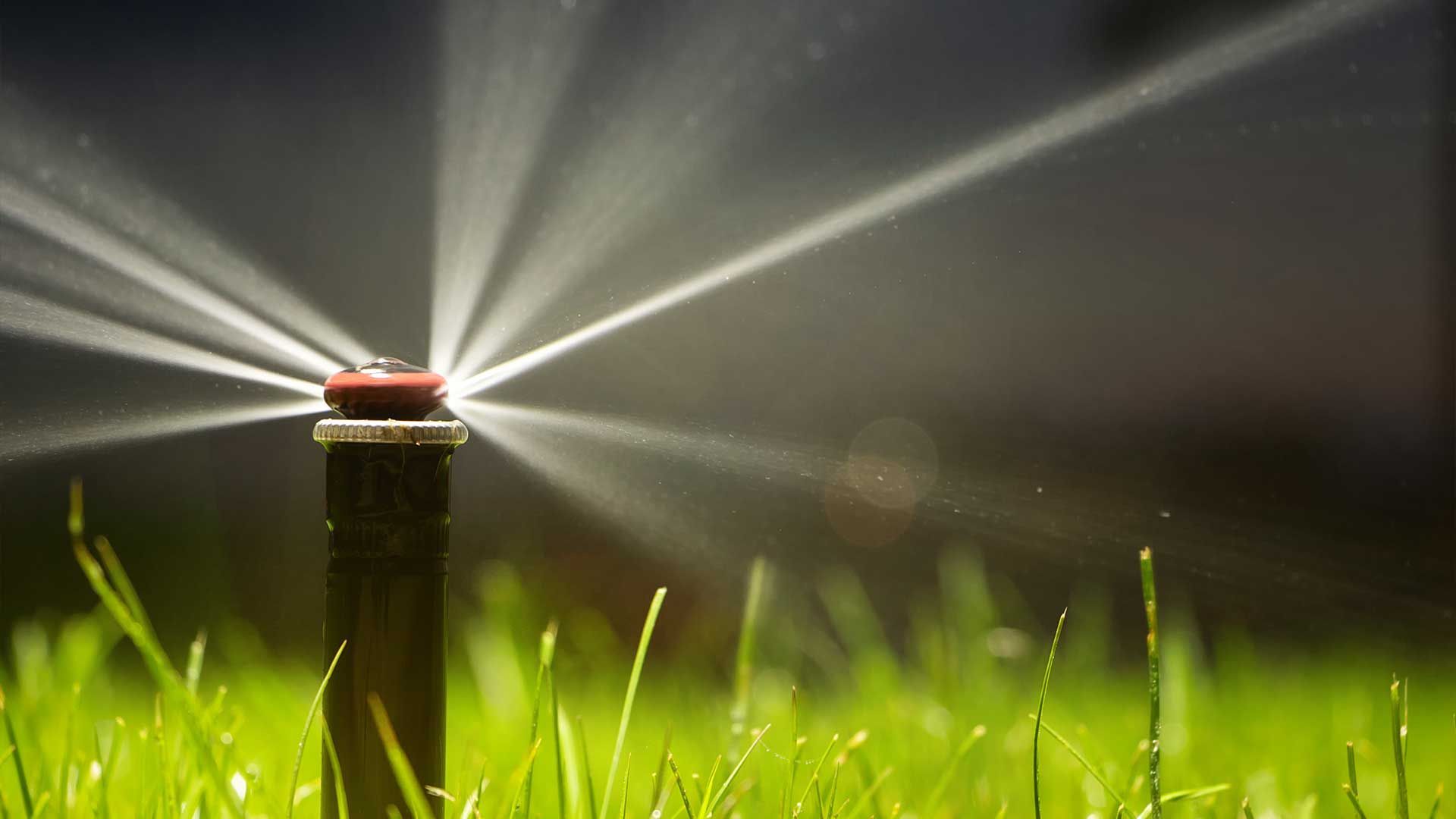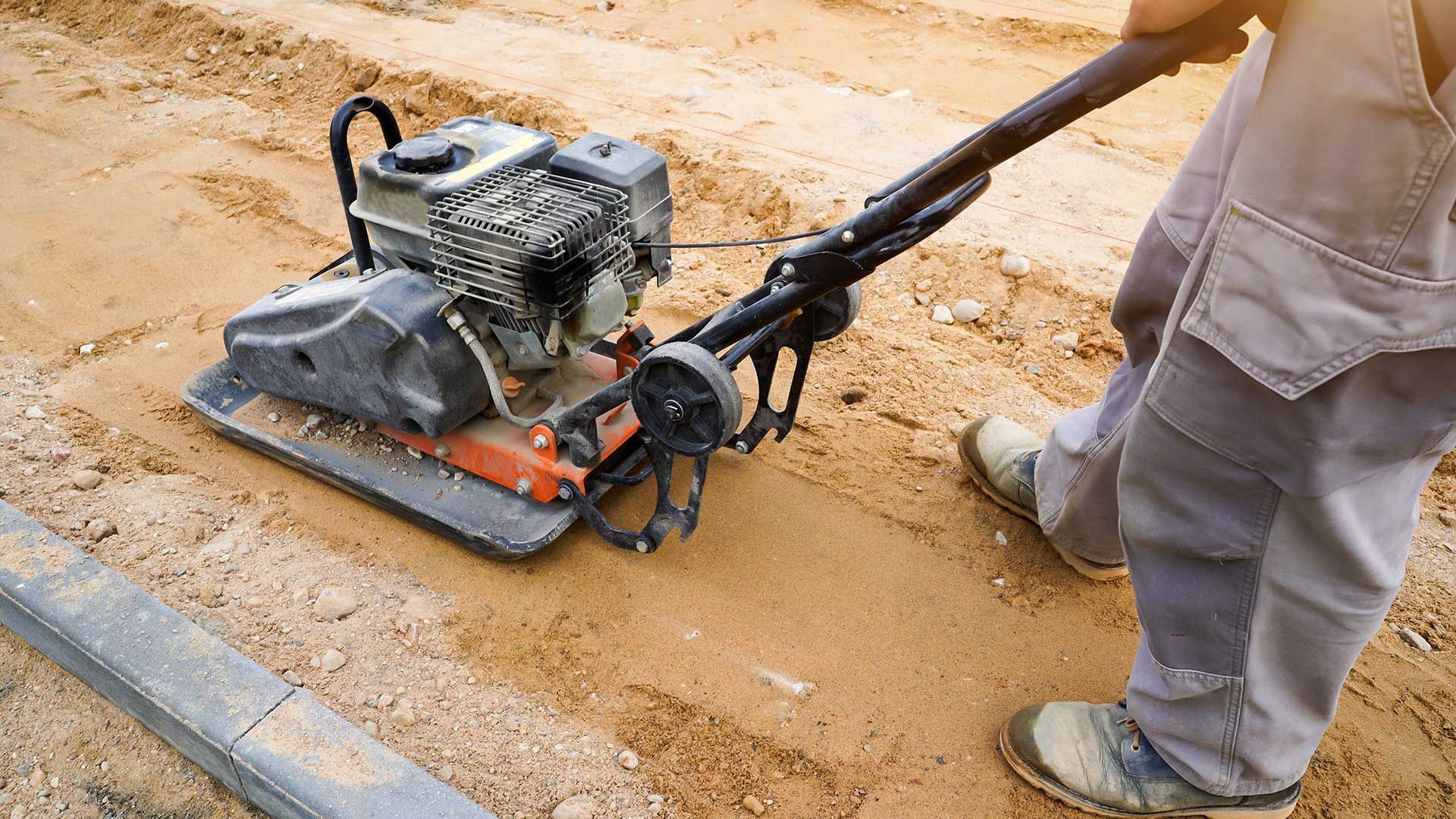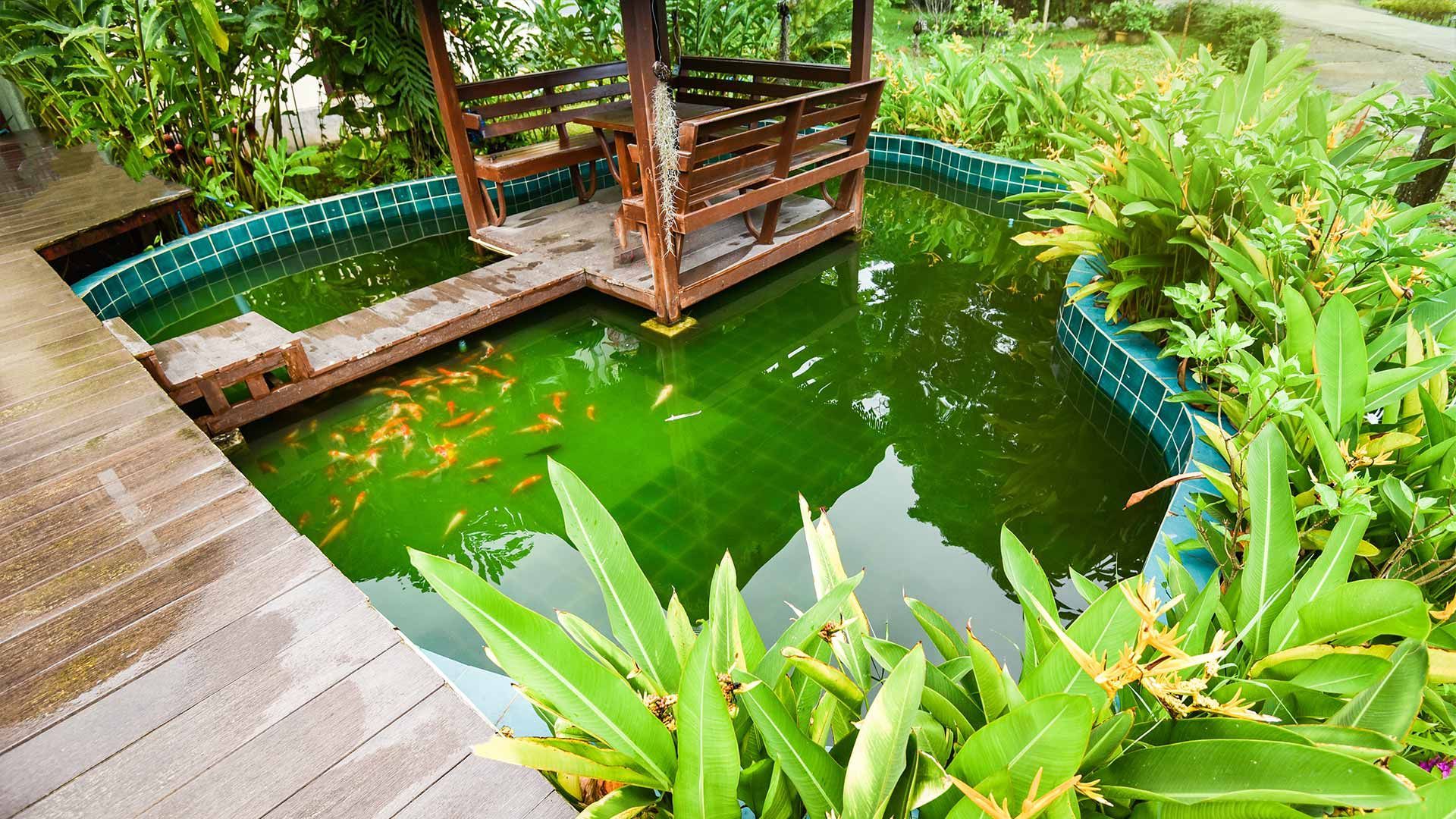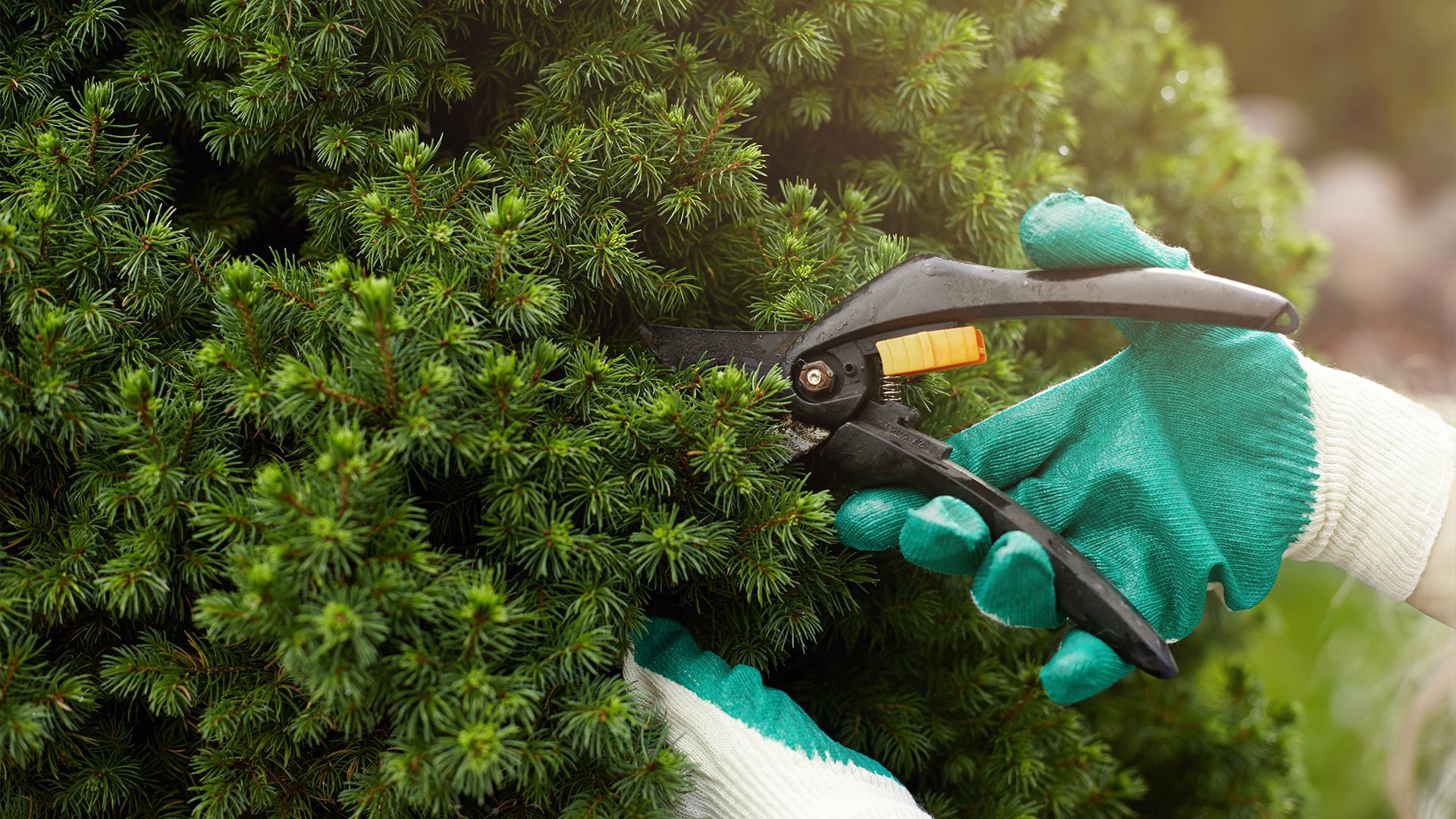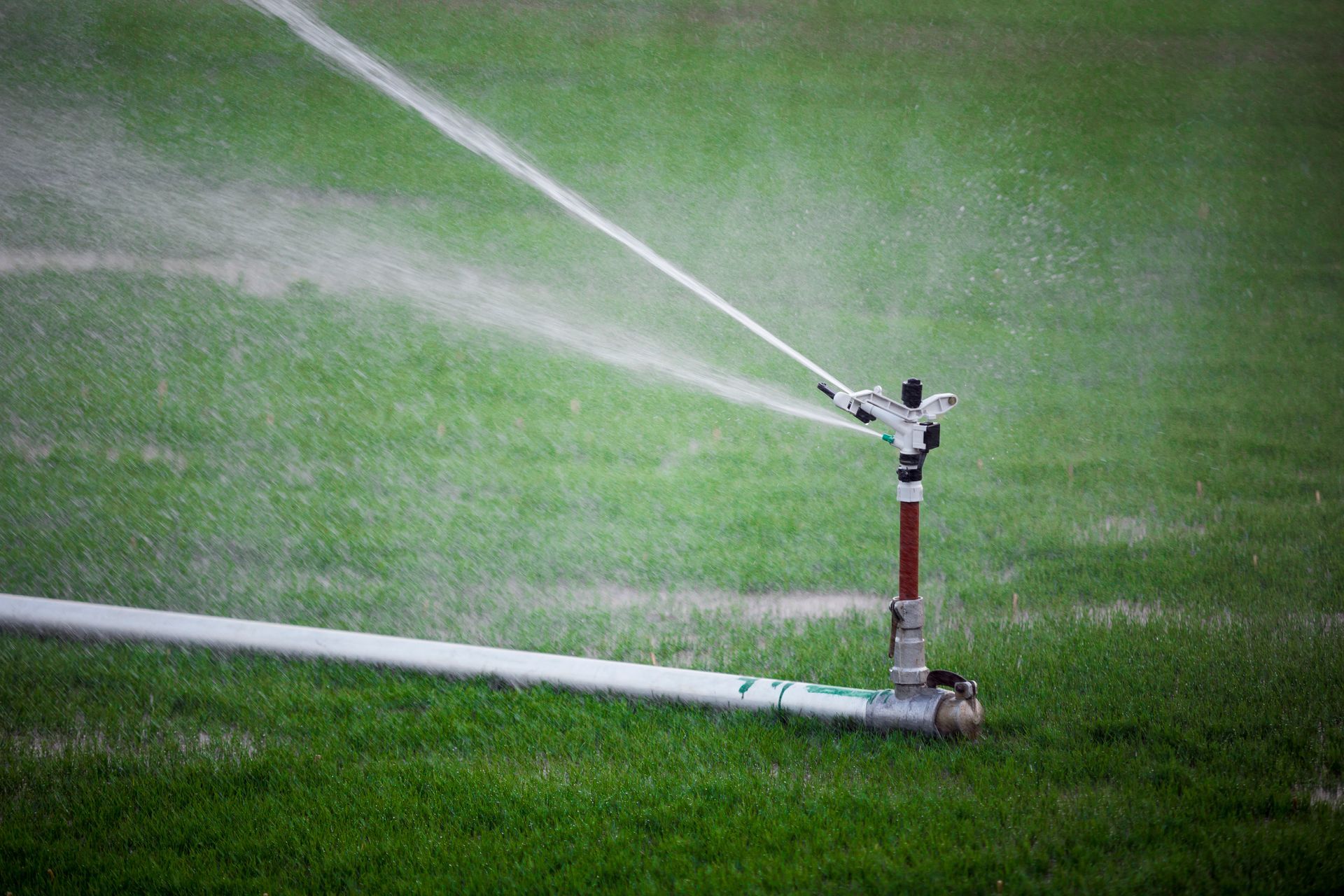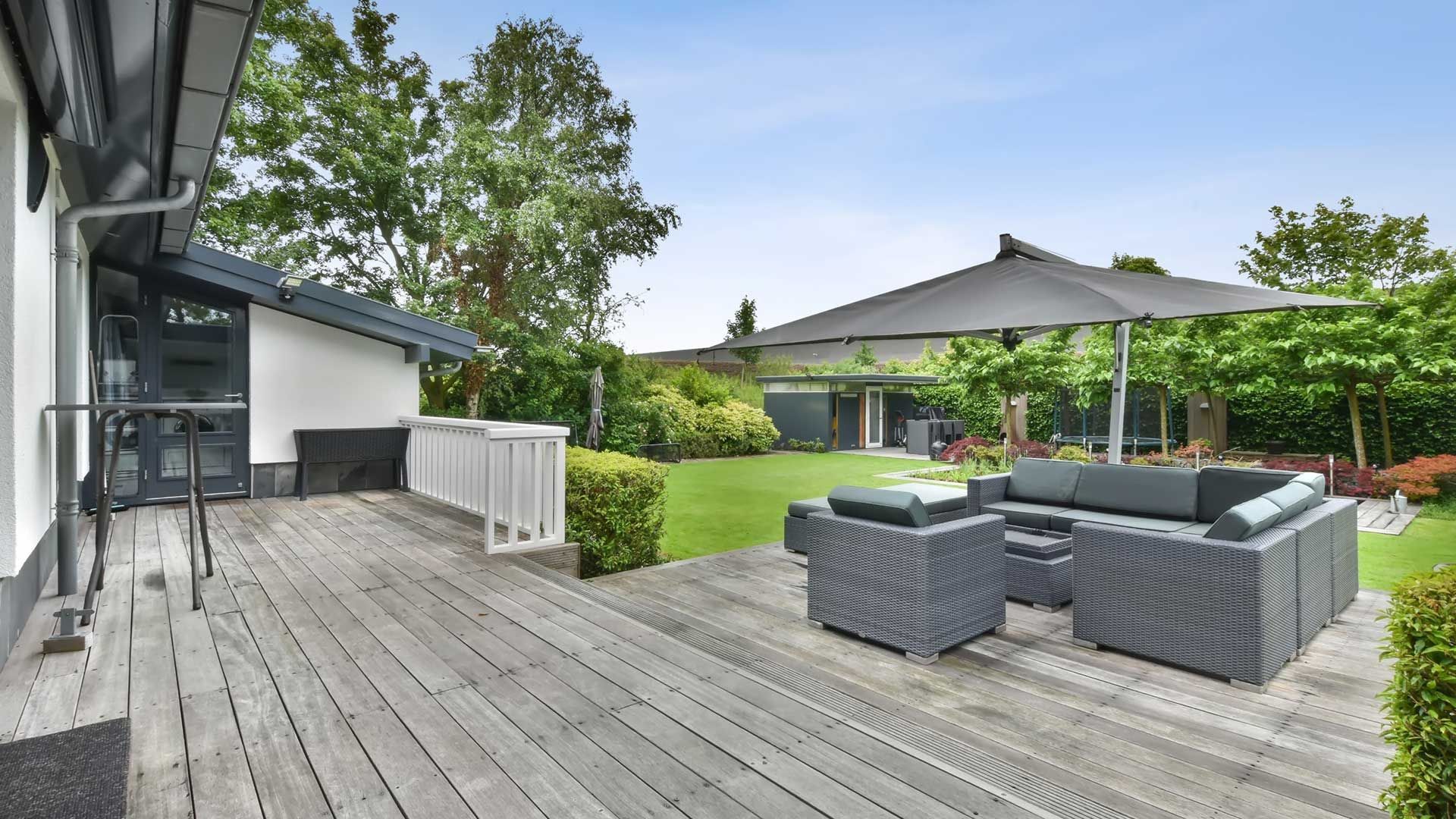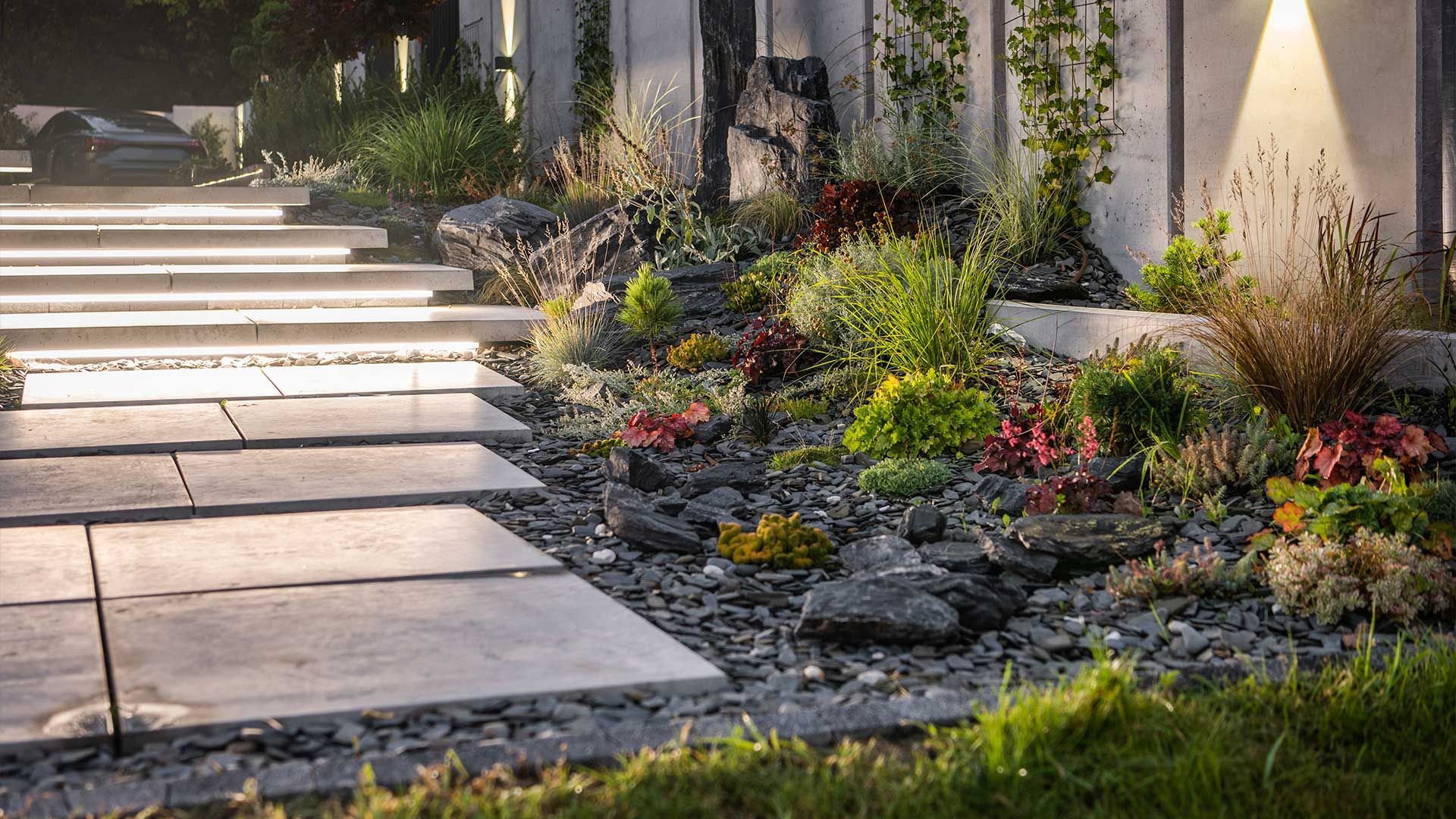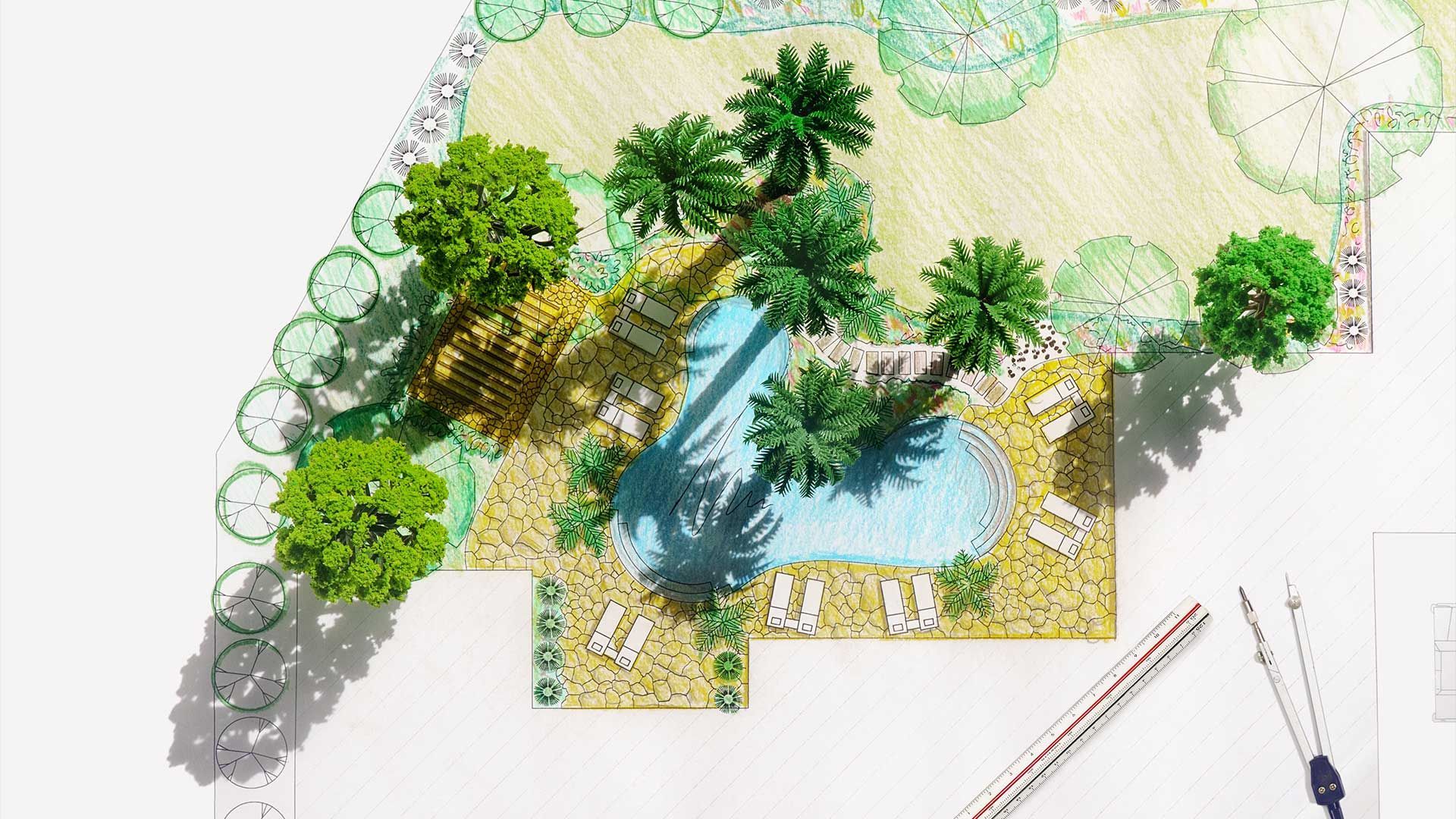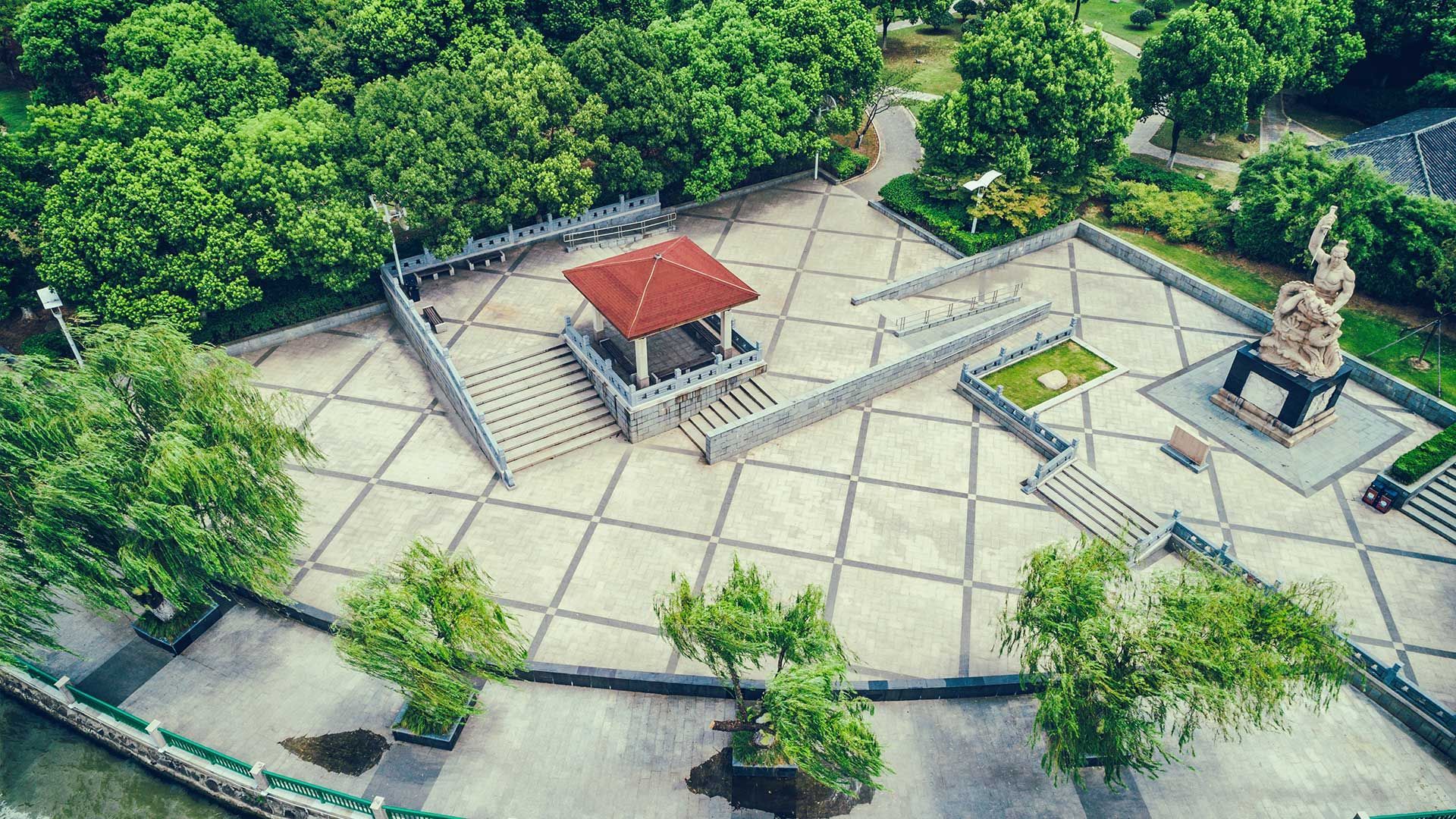Pruning vs Trimming: Tips to Enhance Your Landscape
Understanding Pruning
Pruning plays a vital role in maintaining the health and growth of trees and plants. By selectively removing certain branches or foliage, pruning helps improve air circulation, allows sunlight to reach inner branches, promotes new bud development, and reduces the risk of disease or pest infestation.
When it comes to pruning techniques, there are several approaches to consider. Selective pruning involves strategically removing specific branches to eliminate any damaged, diseased, or crossing limbs. Crown thinning focuses on removing some inner branches to reduce density and improve light penetration. Additionally, crown raising involves removing lower branches to provide clearance for pedestrians, vehicles, or structures.
To carry out pruning effectively, it is important to use the right tools. Hand pruners, loppers, pruning saws, and pole pruners are commonly used depending on the size and accessibility of the branches. It is crucial to ensure that tools are properly cleaned and sharpened to create clean cuts and minimize the risk of infection.
Determining the ideal time for pruning can vary depending on the species of the tree or plant. However, a general guideline is to prune during the dormant season, typically in late winter or early spring. This allows the tree to heal quickly and minimizes stress on the plant.
By understanding the purpose, techniques, tools, and timing of pruning, you can effectively enhance the health and vitality of your trees and plants. In the next section, we will explore the practice of trimming and its distinct characteristics.
Exploring Trimming
Trimming is a tree care practice that primarily focuses on maintaining the aesthetic appearance of trees and shrubs. Unlike pruning, which emphasizes the tree's health and growth, trimming is more concerned with shaping and controlling the size of plants.
One common technique used in trimming is shearing, which involves cutting the outer layer of foliage to create a precise and uniform shape. This method is often used for hedges or topiaries to achieve a neat and manicured look. Shaping is another trimming technique that involves selectively removing branches to create a specific form or silhouette.
To carry out trimming effectively, it is essential to have the right tools. Hedge trimmers, shears, and handheld pruners are commonly used for maintaining the shape and size of plants. It is important to keep the tools clean and sharp to ensure clean cuts that promote healthy growth.
The timing and frequency of trimming largely depend on the type of tree or shrub. For most plants, light trimming can be done throughout the year to remove any excess growth and maintain the desired shape. However, it is important to avoid heavy trimming during the dormant season as it may impede the plant's ability to recover.
In conclusion, pruning and trimming are both important practices for tree care, but they serve different purposes. Pruning focuses on the health and growth of the tree, while trimming is primarily concerned with maintaining its appearance. By understanding the techniques, tools, and timing of each practice, you can effectively care for your trees and plants and create a beautiful and healthy landscape.
Key Differences between Pruning and Trimming
While pruning and trimming are both essential tree care practices, there are several key differences that distinguish them. Understanding these differences will help you determine which approach is most suitable for your specific needs.
Purpose: Pruning focuses on maintaining the health and vitality of trees and plants by removing damaged or diseased branches and promoting new growth. Trimming, on the other hand, is primarily aimed at shaping and controlling the size of trees and shrubs to enhance their aesthetic appearance.
Techniques: Pruning involves selectively removing specific branches based on their condition and position within the tree. Different pruning techniques such as selective pruning, crown thinning, and crown raising can be employed. Trimming, on the other hand, typically involves shearing or shaping the outer layer of foliage to create a desired form or silhouette.
Tools: Pruning requires tools such as hand pruners, loppers, and pruning saws, depending on the size and accessibility of the branches. Trimming commonly involves the use of hedge trimmers, shears, and handheld pruners to maintain the shape and size of plants.
Timing: Pruning is often done during the dormant season, usually in late winter or early spring when the tree is not actively growing. Trimming, on the other hand, can be done throughout the year, with light maintenance trimming being more common to control excessive growth.
By understanding these key differences, you can make informed decisions about whether to prune or trim your trees and plants to achieve the desired results. In the next section, we will provide some best practices for effective tree maintenance that encompass both pruning and trimming techniques.
Best Practices for Effective Tree Maintenance
Maintaining the health and aesthetics of your trees and plants requires a combination of pruning and trimming techniques. Here are some best practices to ensure effective tree maintenance:
Regular Inspection: Conduct routine inspections of your trees to identify any signs of damage, disease, or pest infestation. Early detection can help prevent further spread and minimize the need for extensive pruning or trimming.
Proper Pruning Techniques: When pruning, make clean cuts just outside the branch collar, avoiding leaving stubs. This promotes faster healing and reduces the risk of infection. Additionally, avoid excessive pruning or "topping," as this can weaken the tree's structure.
Consider Tree Species: Different tree species have varying growth patterns and requirements. Understanding the specific needs of your trees will help determine the appropriate pruning and trimming techniques and timing.
Safety First: Before pruning or trimming, assess the safety risks involved. If the task requires climbing or using power tools, consider hiring a professional arborist to ensure the job is done safely and effectively.
Proper Timing: Prune during the dormant season when the tree is not actively growing. Avoid pruning during periods of heavy rain or extreme heat, as this can stress the tree.
Consult Expert Advice: If you're unsure about the best approach for your trees, consult with a certified arborist who can provide tailored advice and guidance.
By following these best practices, you can maintain the health, beauty, and longevity of your trees and plants. Remember to prioritize safety and seek professional help when needed. In the next section, we will address some common misconceptions about pruning and trimming.
Common Misconceptions about Pruning and Trimming
Pruning and trimming are essential practices for maintaining the health and appearance of trees, but there are some common misconceptions that can lead to improper tree care. Let's address a few of these misconceptions:
"Pruning will harm my tree": When done correctly, pruning promotes healthy growth and improves the overall structure of the tree. However, improper pruning techniques such as topping or excessive cutting can indeed harm the tree. It is important to follow proper pruning guidelines and consult with an arborist if you're unsure.
"Trimming makes trees grow faster": Trimming does not directly stimulate tree growth. While it can control the size and shape of trees, growth primarily depends on factors like soil conditions, sunlight, and water availability. Proper pruning can encourage new growth, but trimming alone does not accelerate growth.
"Any time is a good time to trim": While light trimming can be done throughout the year, heavy trimming should be avoided during the dormant season when the tree is conserving energy. Pruning at the wrong time can stress the tree and make it more susceptible to diseases and pests.
"I can trim or prune my trees myself": While minor trimming tasks can be done by homeowners, complex pruning or trimming jobs should be left to professionals. Arborists have the knowledge, experience, and specialized equipment to ensure proper tree care and minimize potential damage.
By understanding and dispelling these misconceptions, you can make informed decisions about the care of your trees. Remember, when in doubt, it's always best to consult with a professional arborist for expert advice. In the next section, we will discuss the benefits of proper pruning and trimming.
Conclusion
In conclusion, proper pruning and trimming practices are crucial for maintaining the health, aesthetics, and longevity of your trees and plants. By understanding the key differences between pruning and trimming, following best practices for tree maintenance, and dispelling common misconceptions, you can ensure that your trees thrive.
If you're in need of professional pruning and trimming services, look no further than Carolina Custom Landscape and Design dba Plants Unlimited. Our team of skilled arborists is dedicated to providing top-notch tree care services tailored to your specific needs. Whether you need regular maintenance, emergency tree removal, or expert advice, we've got you covered.
To schedule an appointment or learn more about our services, call us at 919-801-8483. Our knowledgeable staff will be happy to assist you and answer any questions you may have.
Remember, proper tree care not only enhances the beauty of your landscape but also contributes to the overall health and well-being of your trees. Trust the experts at
Carolina Custom Landscape and Design dba Plants Unlimited for exceptional pruning and trimming services. Your trees deserve nothing less.
